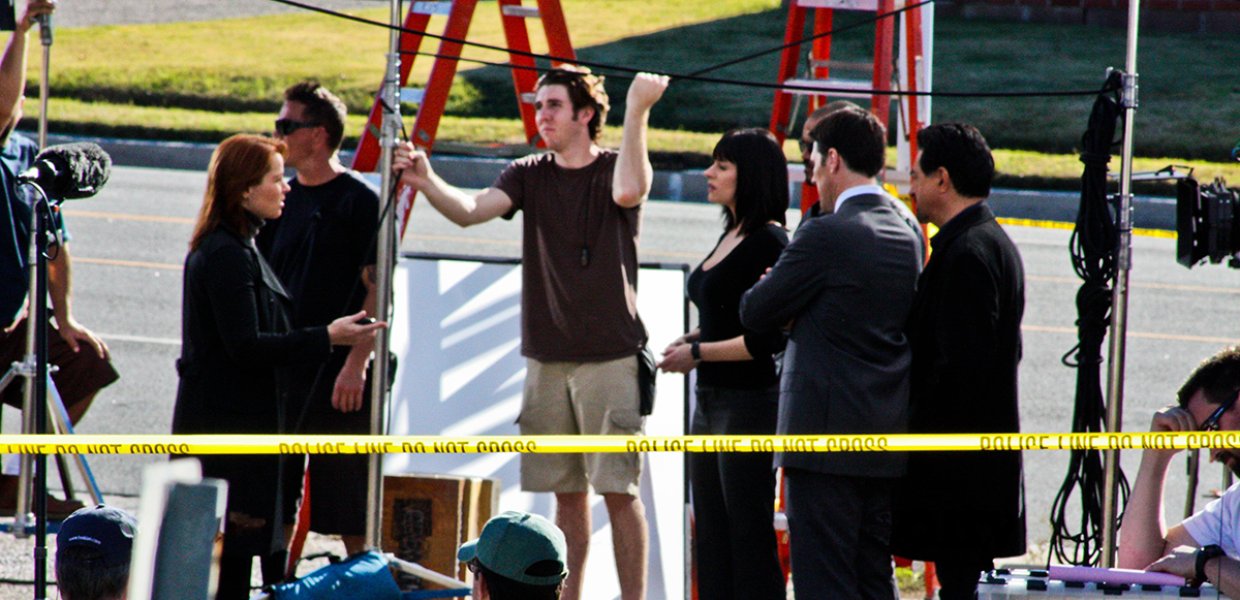Do liberals enjoy the same TV shows as conservatives? Do they experience similar emotions while viewing their favorite shows? A new study by the Norman Lear Center’s Media Impact Project, titled “Are You What You Watch? Tracking the Political Divide Through TV Preferences,” looks for connections between media diets and political beliefs, tracking changes from 2008 to 2018.
Researchers surveyed a national audience for their views on issues such as guns, abortion and the environment, as well as their news and entertainment preferences. Using statistical clustering techniques, they identified three ideological groups: The Blues, who have liberal attitudes toward most political issues, and are also liberal in their entertainment consumption, enjoying entertainment from different cultures with values different from their own; The Purples, a swing group with positions across the political spectrum, and are voracious TV viewers who say they learn about social issues from the entertainment they enjoy; and The Reds, who hold conservative views on most issues, watch the least entertainment TV and get the least pleasure from it.
The Media Impact Project polled some 3,000 Americans on their opinions about U.S. and world affairs, as well as their favorite entertainment and news preferences.
Some key findings include:
- Blues, Purples and Reds have distinct entertainment preferences, but they found four TV shows that Americans from across the political spectrum equally love to watch — America’s Funniest Home Videos, Bones, Criminal Minds and MythBusters — and one they equally love to hate — Pawn Stars.
- All Americans equally enjoyed watching one crime drama, Criminal Minds, while two other police and legal procedurals, Law & Order: SVU and NCIS drew larger blue and red audiences, respectively.
- Despite the media narrative about an increasingly divided nation, researchers found Americans have gravitated toward more moderate positions on nine divisive issues over the last ten years: the environment, business regulation, technology, guns, public education, abortion, charity, marriage and taxes.
- Overall, health care was the number one issue for most Americans surveyed, with Blues exhibiting the most concern. Purples and Reds were more concerned about terrorism and security issues.
“We hope this will be a useful tool for social change agents and content creators, who can learn which shows their audiences are watching — and which shows those who may not agree with their positions are watching — and why,” said Johanna Blakley, managing director of the Norman Lear Center. “Messages and stories can then be crafted to attempt to reach these audiences.”
The Media Impact Project is conducting this ongoing research in collaboration with futurePerfect Lab with support from the Pop Culture Collaborative. The survey is part of a larger study that uses content analysis of top TV shows to garner psychographic and biometric data as it relates to ideology and entertainment preferences.
About the USC Annenberg Lear Center’s Media Impact Project
The Media Impact Project studies the impact of news and entertainment on audiences. Their goal is to prove that media matters, and to improve the quality of media to serve the public good. The project partners with media makers and funders to conduct program evaluation, develop and test research hypotheses, and promote thought leadership on the role of media in social change.
